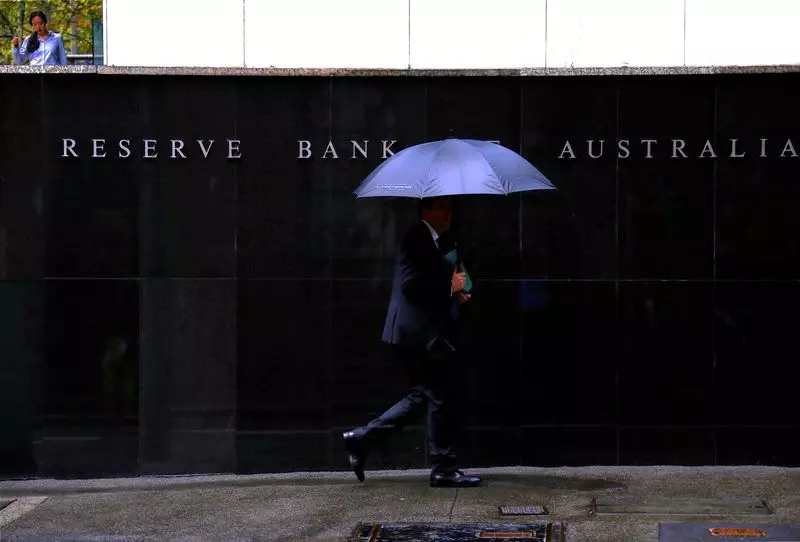Australia’s central bank, the Reserve Bank of Australia (RBA), has maintained its key interest rate at 4.35%, a decision mirrored by a consensus among economists. As the global economic landscape continues to fluctuate, the RBA’s stalwart approach showcases a commitment to stability amidst rising core inflation and strong economic activity. The consumer price inflation has recorded a decrease to 2.8% over the last quarter, successfully returning to the RBA’s target range of 2-3% for the first time in three years. Yet, underlying this optimistic facade is an elevated core inflation rate that underscores the complexities facing monetary policy in Australia.
In response to the post-COVID economic recovery, the RBA embarked on a tightening cycle that saw rates increase dramatically from a historic low of 0.10% to the current 4.35%. This hike of 425 basis points—though significant—is less aggressive than the policies adopted by many developed nations grappling with similar inflationary pressures. The RBA’s conservative stance is partly attributed to its dual mandate, which includes fostering job creation. The unemployment rate has remained stable, fluctuating between 4.0% and 4.2% since April, indicating that the labor market remains resilient.
While many central banks globally responded more rapidly to inflation by implementing substantial rate increases, Australia has chosen a more tempered approach. This prudence is anticipated to affect the timing of future monetary policy adjustments, suggesting that the RBA may lag behind its global counterparts in loosening policy.
Looking ahead, the outlook remains cautiously optimistic among economists. A recent poll conducted by Reuters finalized expectations for the RBA to preserve its current rate through the end of this year, with a mere exception of softening rhetoric expected in their communications. This sentiment is echoed by significant market players, including major banks like ANZ, Commonwealth Bank of Australia (CBA), National Australia Bank (NAB), and Westpac, all forecasting no rate shifts for 2023. Collectively, they foresee potential rate cuts commencing in early 2025, with a majority anticipating a 25 basis point reduction at the first meeting of that year.
Analysts opine that the reduction of interest rates will likely be cautious, owing to persistently high core inflation, which they predict will remain above the target band until mid-2024. With the banking sector’s expectations edging towards rate cuts in February 2025, it signals a broader anticipation in the market for easing monetary policy as the economic climate stabilizes.
As the Federal Reserve signals a more aggressive rate-cutting strategy compared to the RBA, implications for the Australian dollar are significant. Predictions suggest that the Australian currency may recover from its current depreciation against the U.S. dollar by the end of January, stabilizing around $0.68. This bounce-back is reflective of not only domestic monetary policy considerations but also a reaction to international trends in monetary easing.
Market analysts are predicting a total of 75 basis points of rate cuts for Australia next year, culminating at an attractive 3.60% by the end of 2025. With Australia’s economic trajectory bifurcating from that of the U.S., the potential divergence in monetary policy will have far-reaching effects on currency valuations and investment opportunities.
The Australian central bank’s decision to maintain its interest rate at 4.35% exemplifies a prudent approach to navigating a complex economic landscape marked by high core inflation and stable employment trends. While the real estate and job markets reflect a resilient economy, the RBA’s path forward remains precarious, looking to find equilibrium between growth and inflation management. The forecasts for rate changes suggest that Australian policymakers will remain vigilant, opting for a measured response rather than a hasty retreat from elevated interest rates. Such remnant caution amidst ongoing global economic uncertainty will be pivotal in informing the trajectory of Australia’s financial stability in the years to come.

